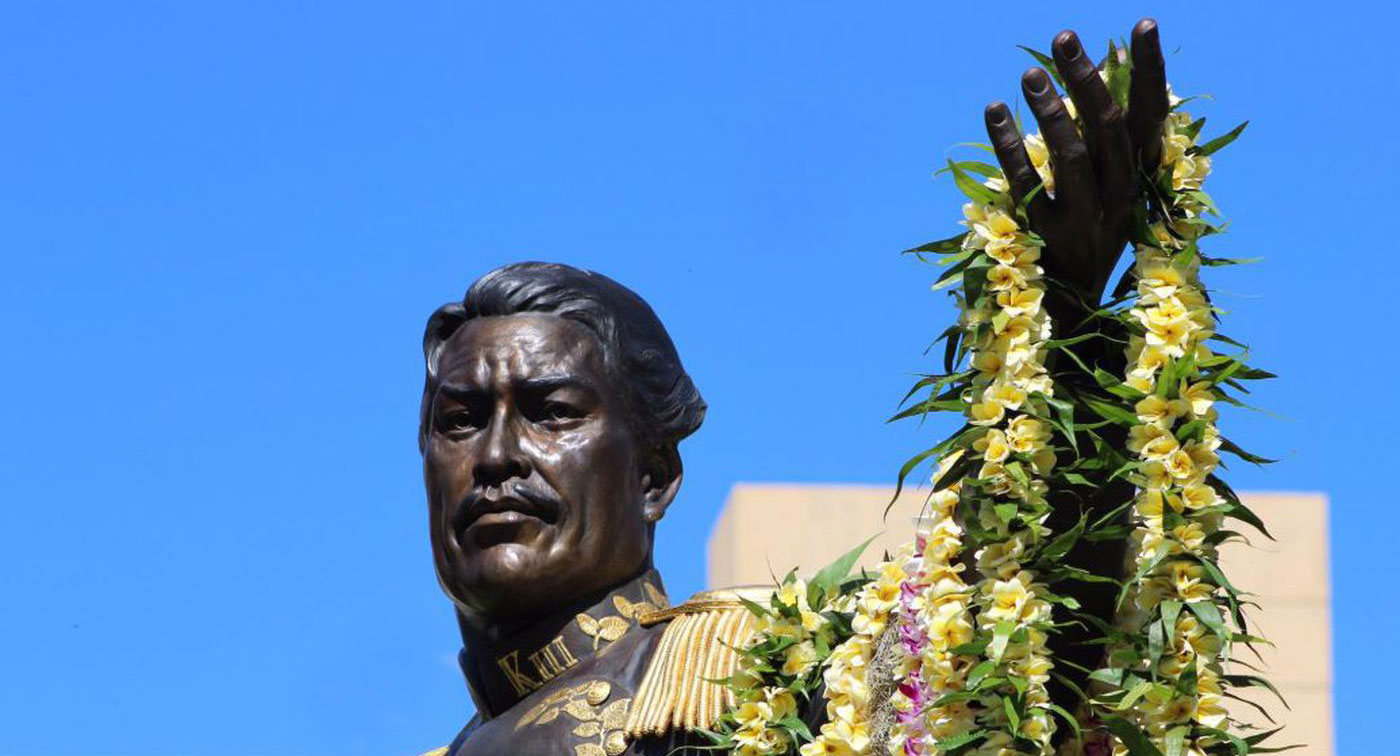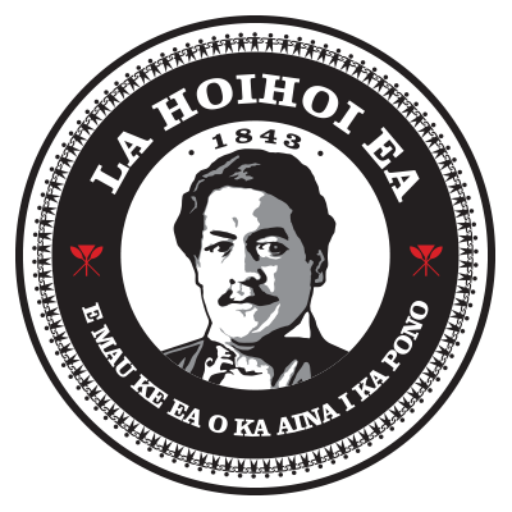History of the Holiday

The national celebration of Lā Hoʻihoʻi Ea was established in 1843 under Kamehameha III, Kauikeaouli, after a temporary occupation by rogue agents of the British Crown. Effective control of the government had been seized, and all Hawaiian flags were lowered and burned by order of British Lord George Paulet. Months later, Queen Victoria sent Admiral Richard Thomas to Hawaii to remove Paulet and correct this unwarranted transgression against the Hawaiian Kingdom.
In a large ceremony attended by thousands of Hawaiian citizens, of all ethnicities, a flag ceremony was held at what is now Thomas Square in Honolulu, where the Union Jack was lowered and the Hawaiian flag was raised to symbolize the return of effective sovereign control back into the hands of Hawaii and Kamehameha III.
This national event, called Lā Hoʻihoʻi Ea, Sovereignty Restoration Day, gave birth to the popular proclamation by Kauikeaouli: Ua mau ke ea o ka aina i ka pono. The sovereignty of the Hawaiian nation is restored by righteousness. This celebration became one of the first national holidays of the Hawaiian Kingdom along with La Kuokoa, Hawaiian Independence Day.
Kamehameha III (1813-1853), born Keaweaweʻula Kīwalaʻō Kauikeaouli Kaleiopapa, reigned as the king of Hawaii from 1825-1854. When he ascended to the throne at 12 years old he was given the name Keaweaweʻula Kīwalaʻō Kauikeaouli Kaleiopapa Kalani Waiakua Kalanikau Iokikilo Kīwalaʻō i ke kapu Kamehameha.

